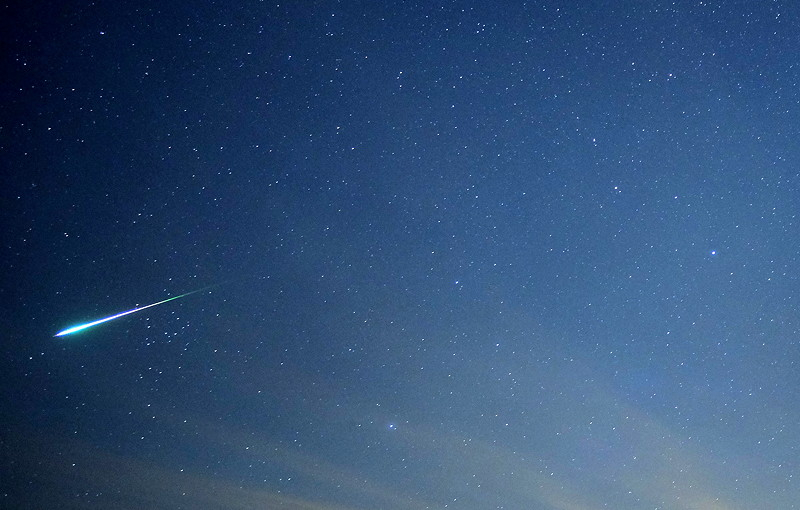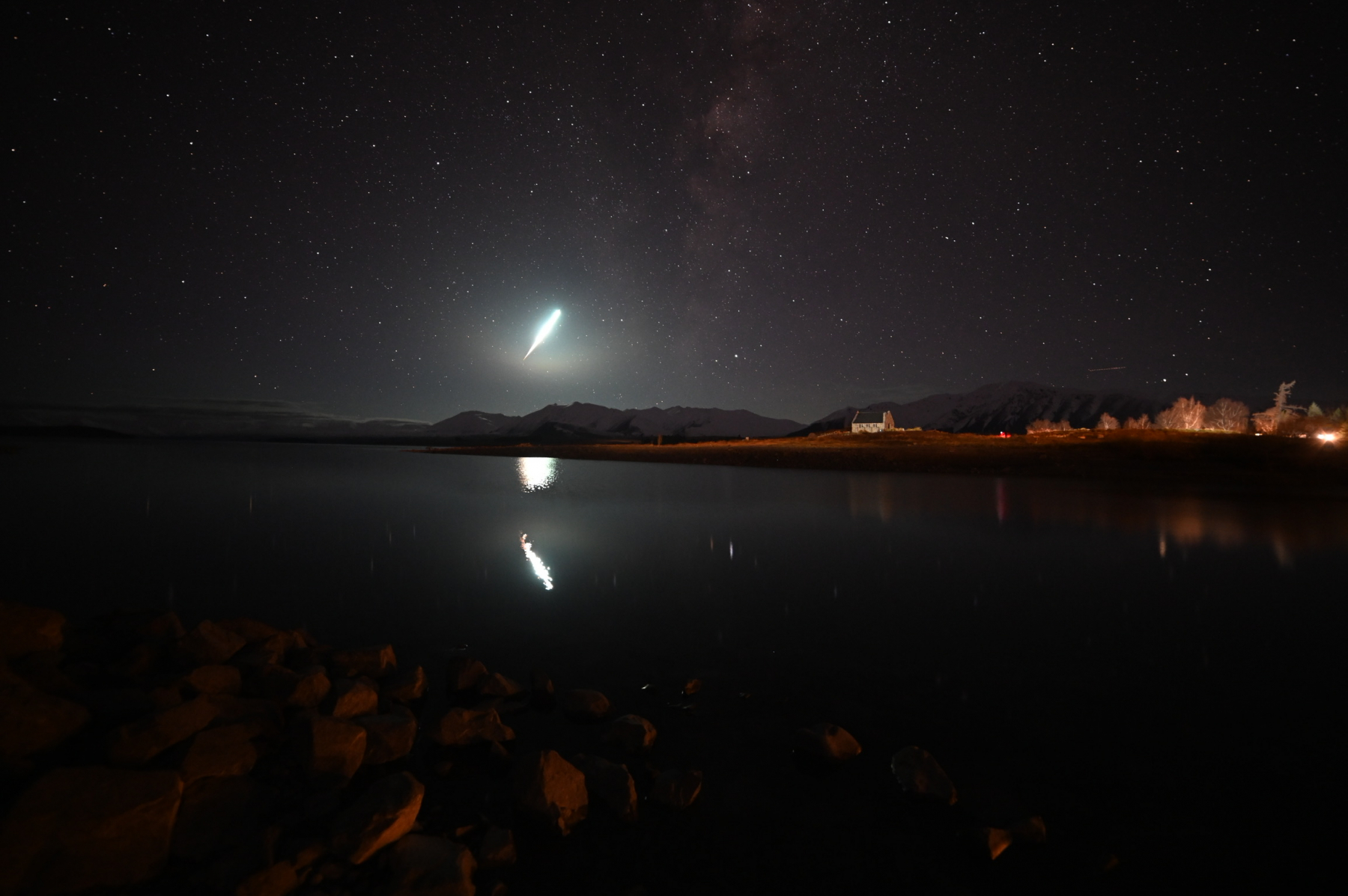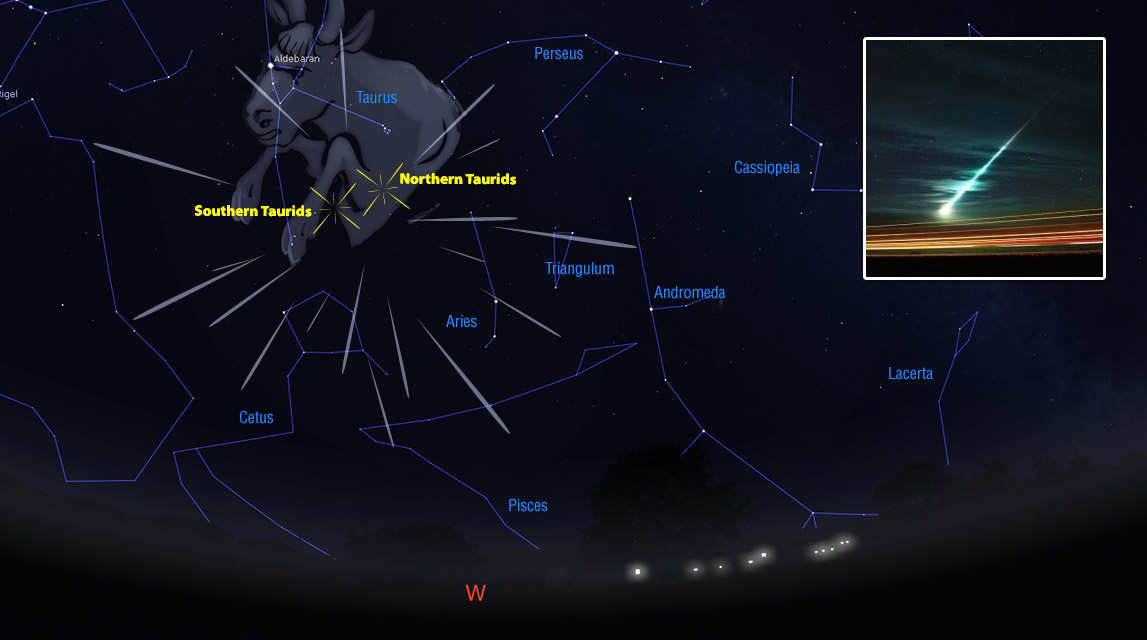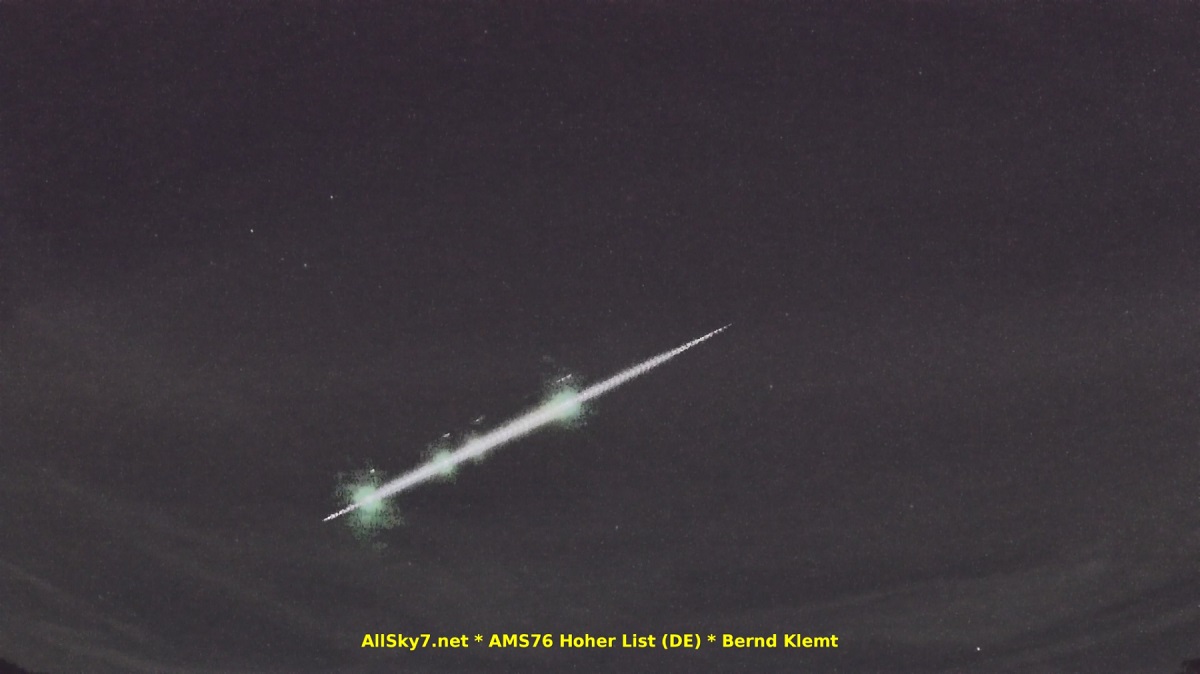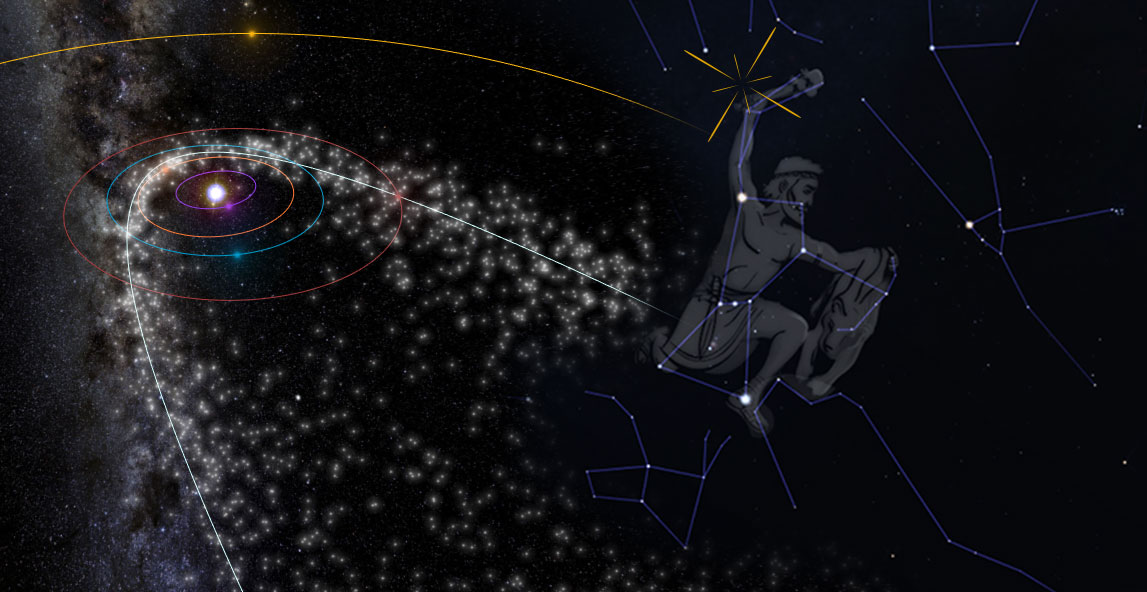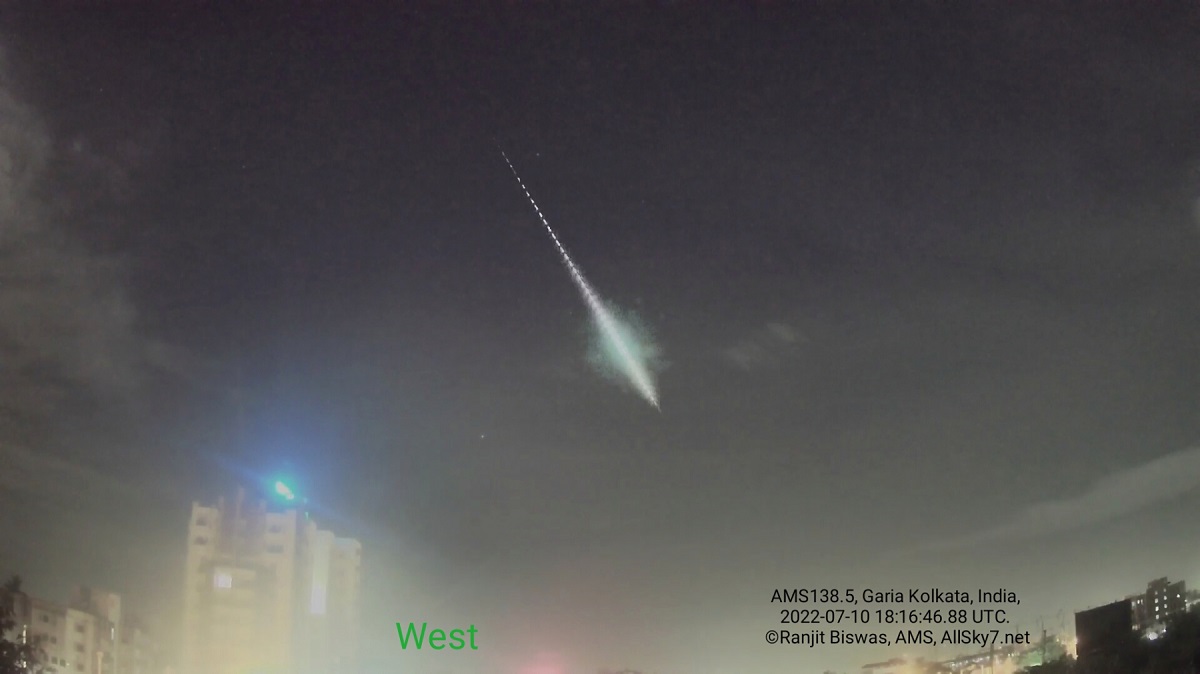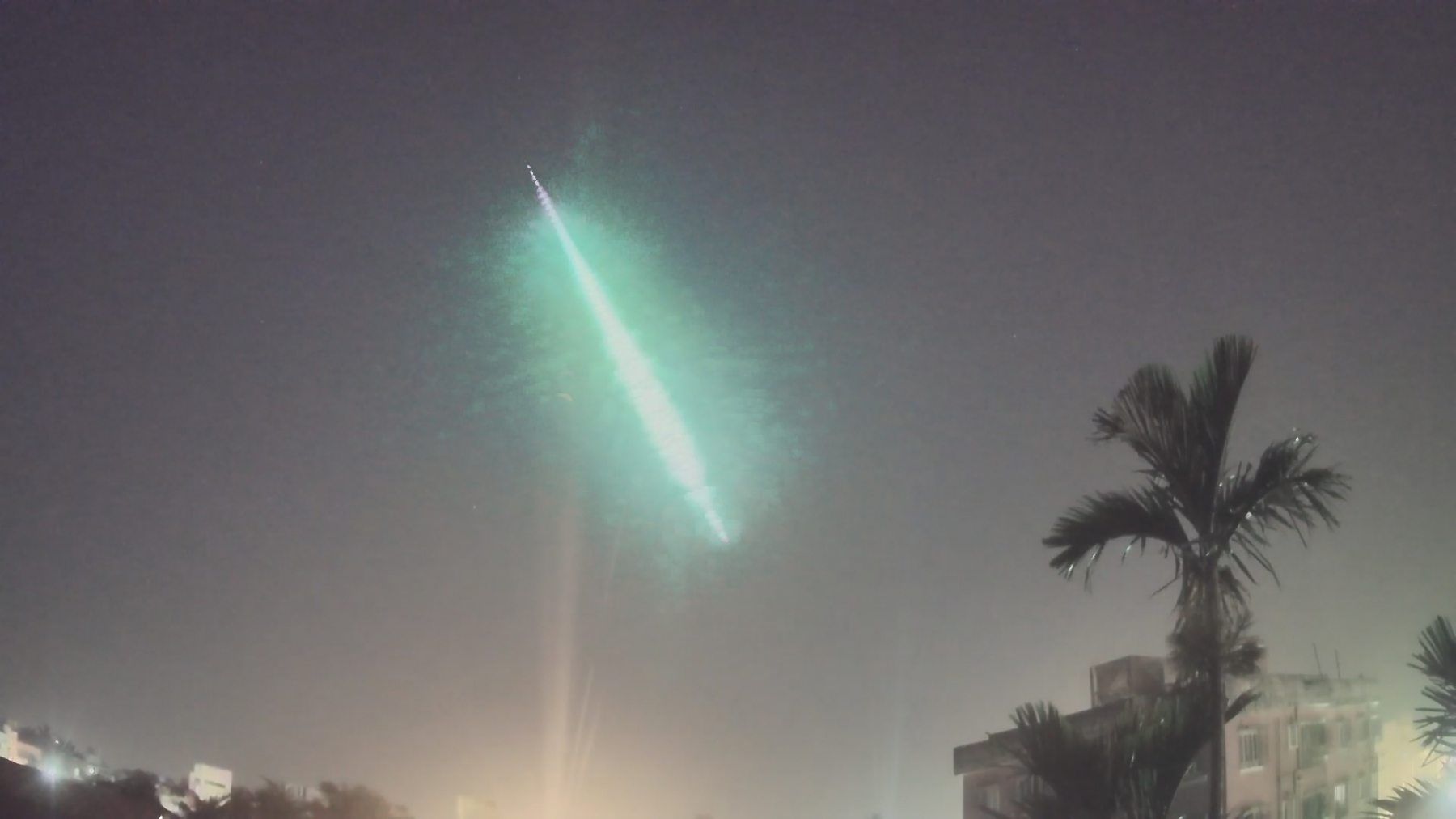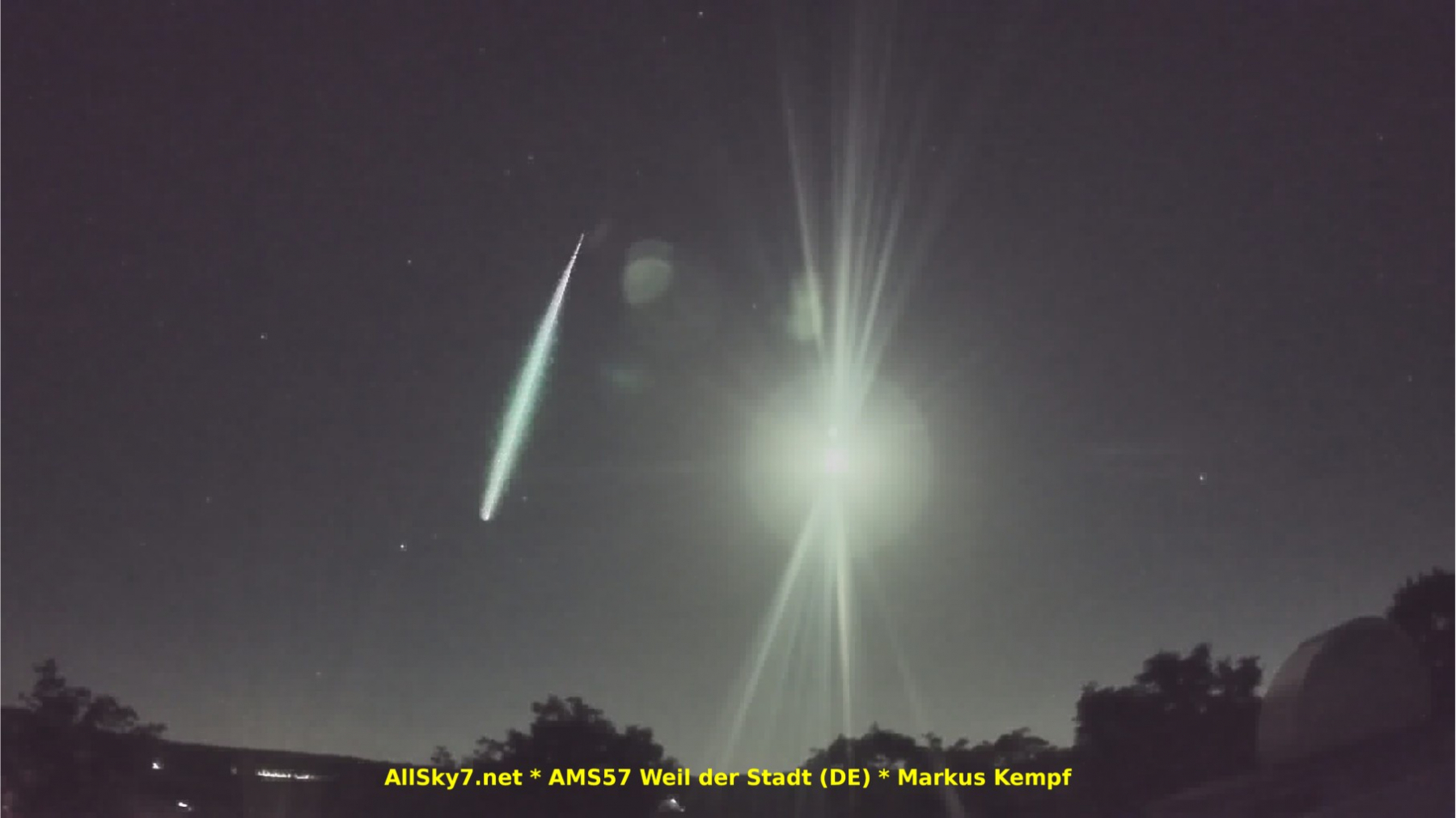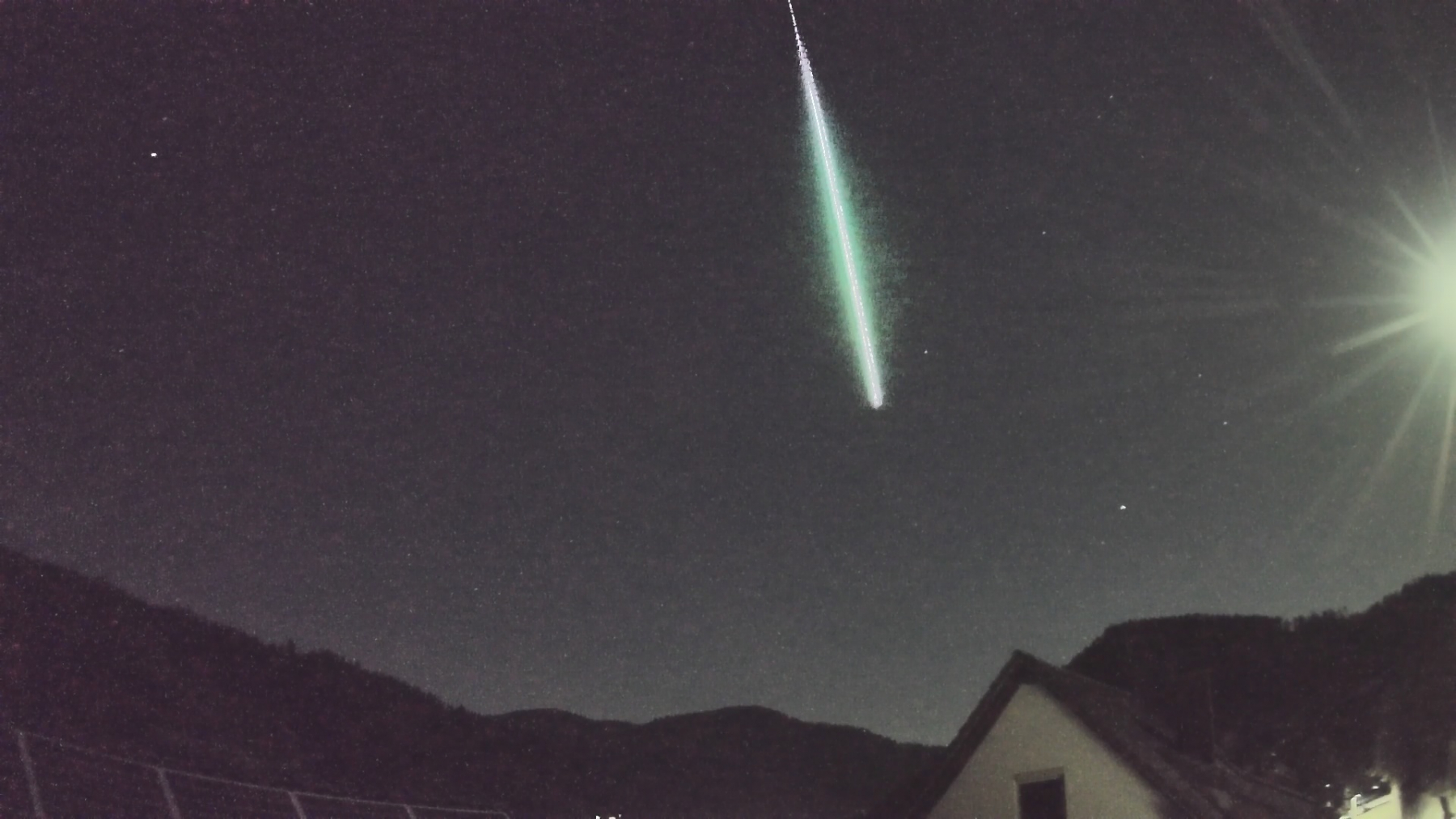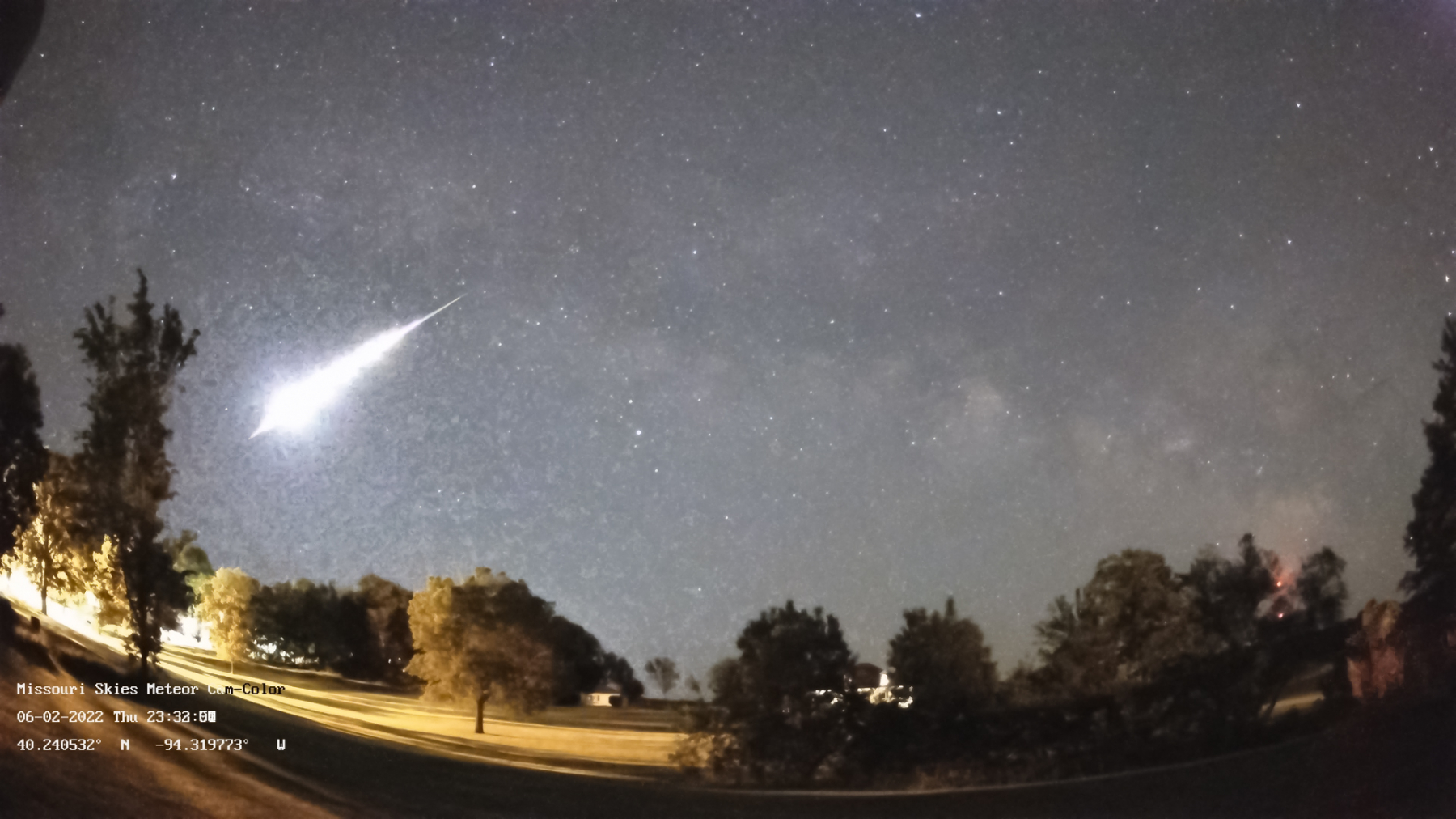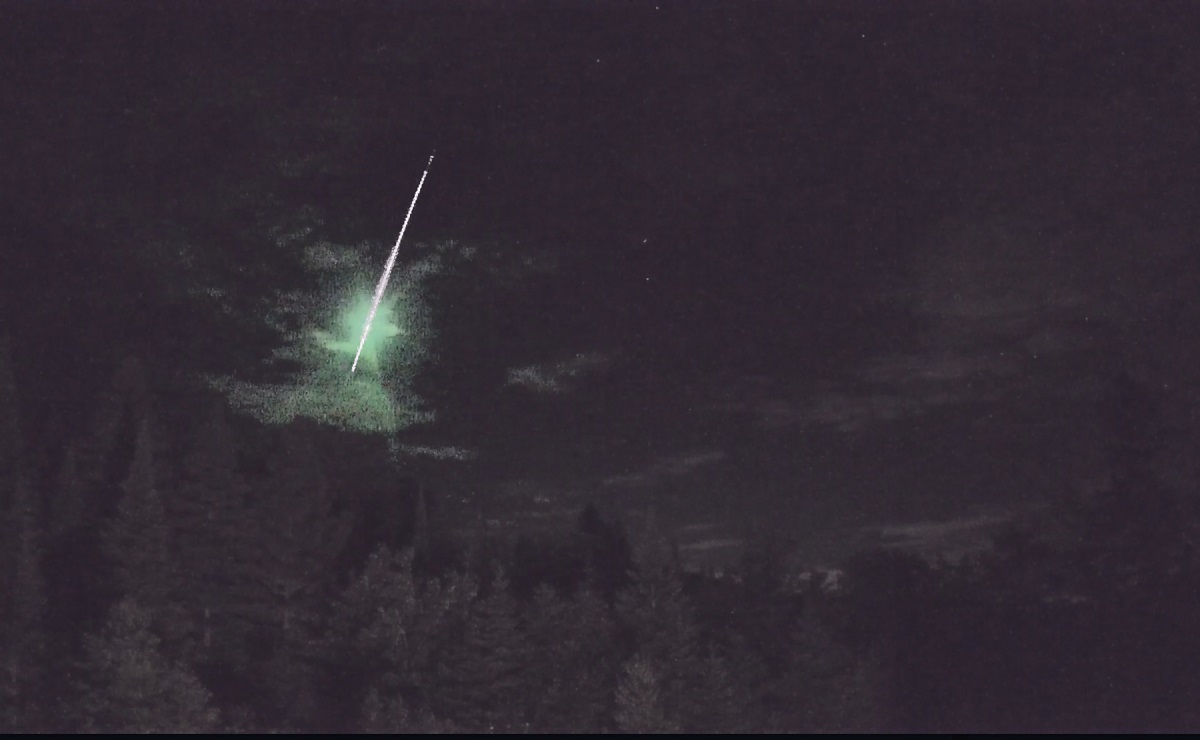
Meteor Activity Outlook for November 26-December 2, 2022
During this period, the moon reaches its first quarter phase on Thursday November 30th. At that time the moon will lie 90 degrees east of the sun and will set near 2300 local standard time (LST) on November 29th. This weekend the waxing crescent moon will set during the early evening hours and will not interfere with meteor observing during the more active morning hours.
 American Meteor Society
American Meteor Society

